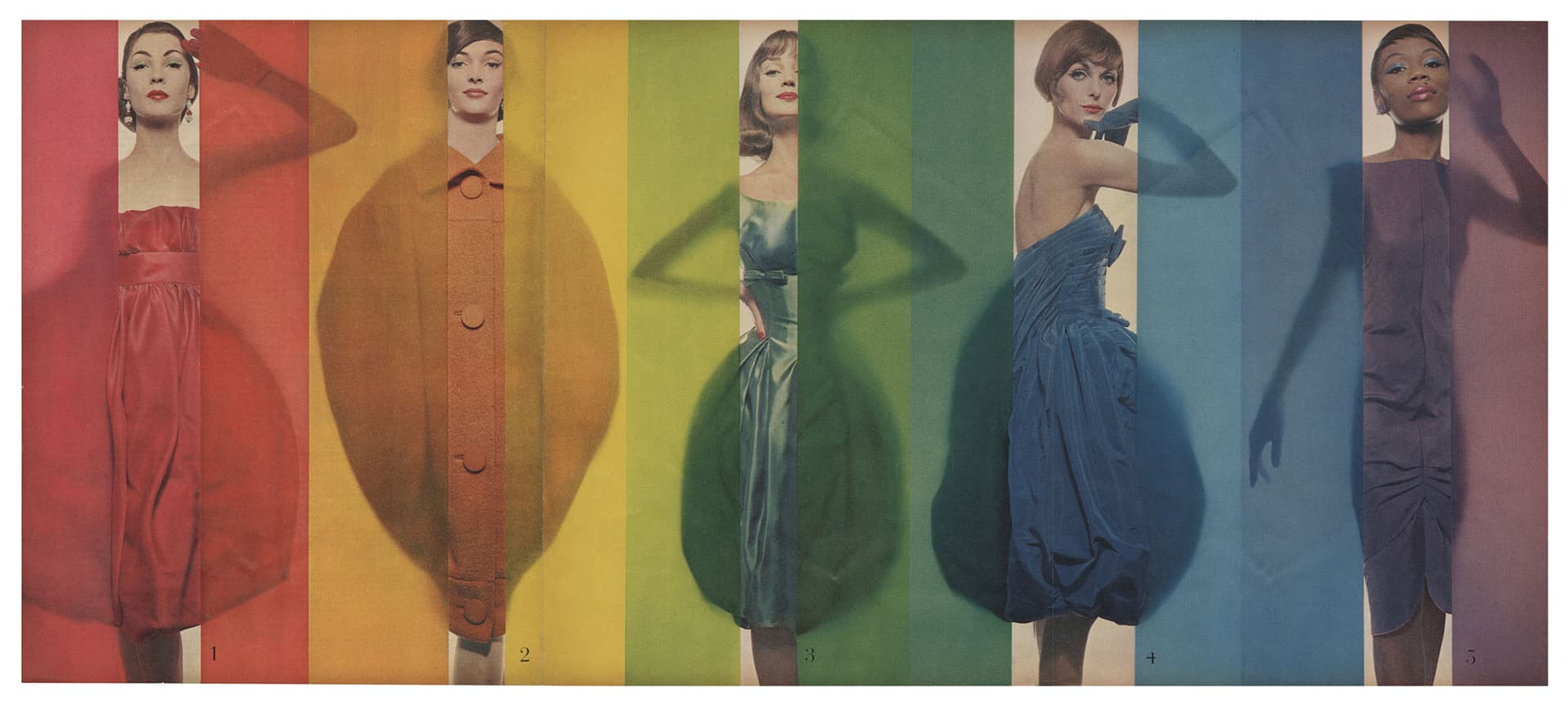Until April 14, FOAM presents a retrospective of color works by the German fashion photographer Erwin Blumenfeld (1897–1969). The exhibition retraces a pioneering oeuvre, which continues to inform the imagination of fashion photography.

You’re getting blind.
Don’t miss the best of visual arts. Subscribe for $9 per month or $108 $90 per year.
Already suscribed ?



